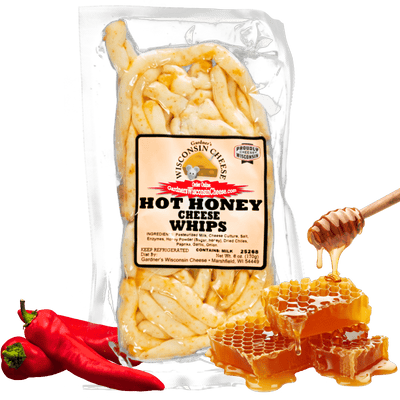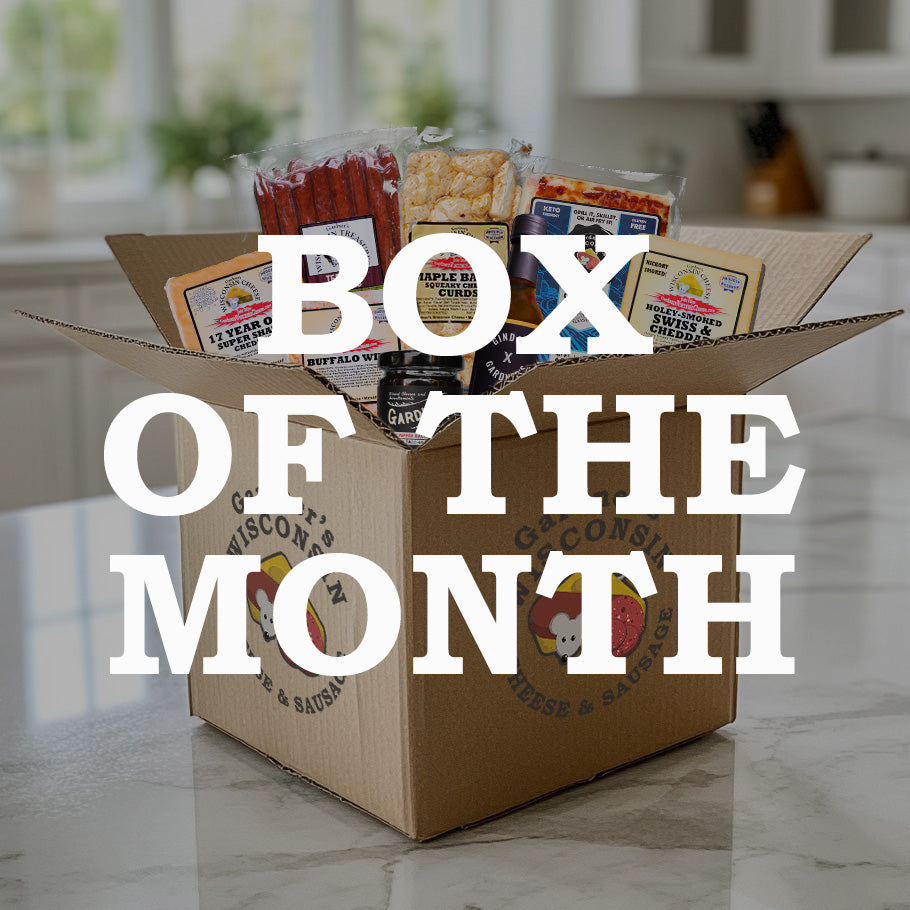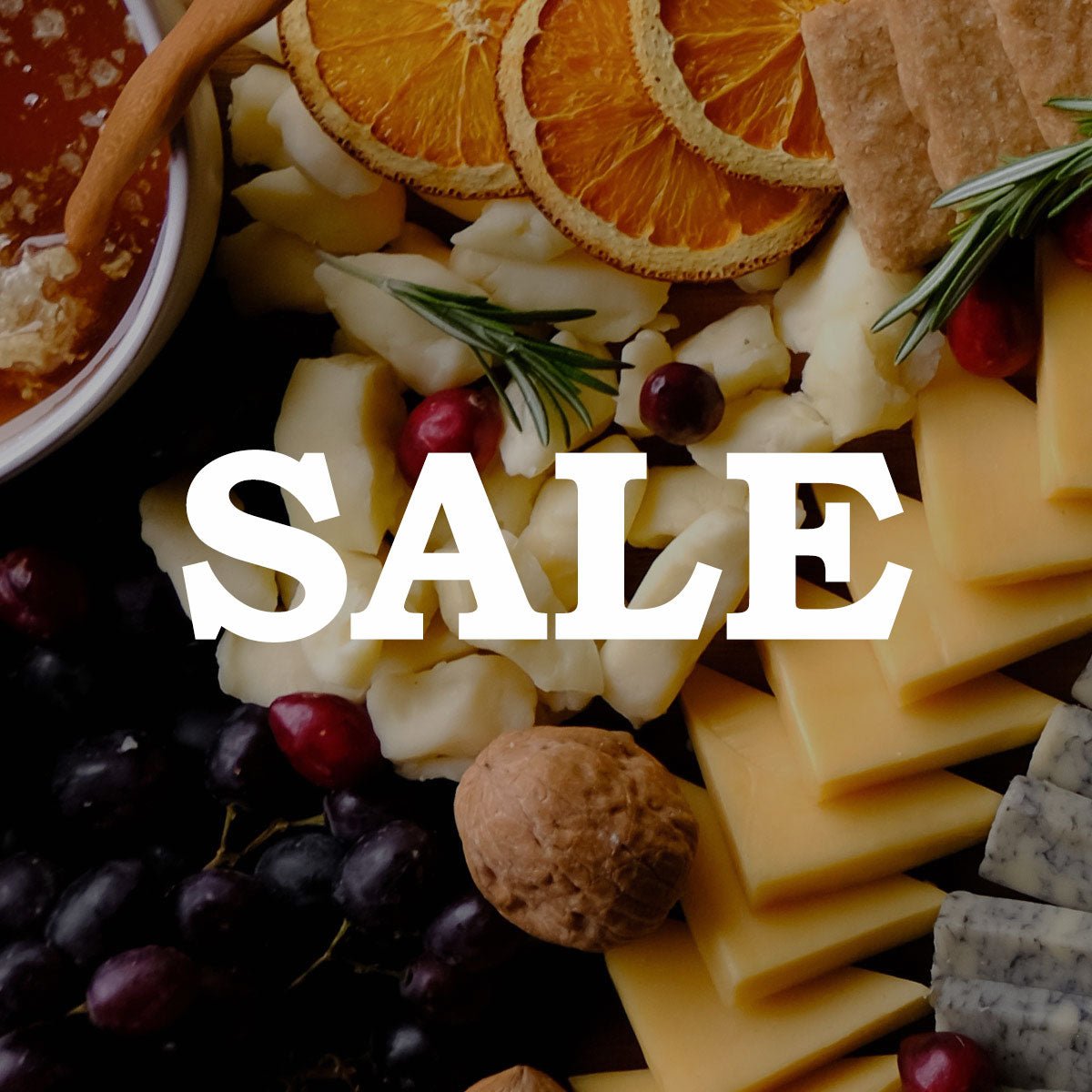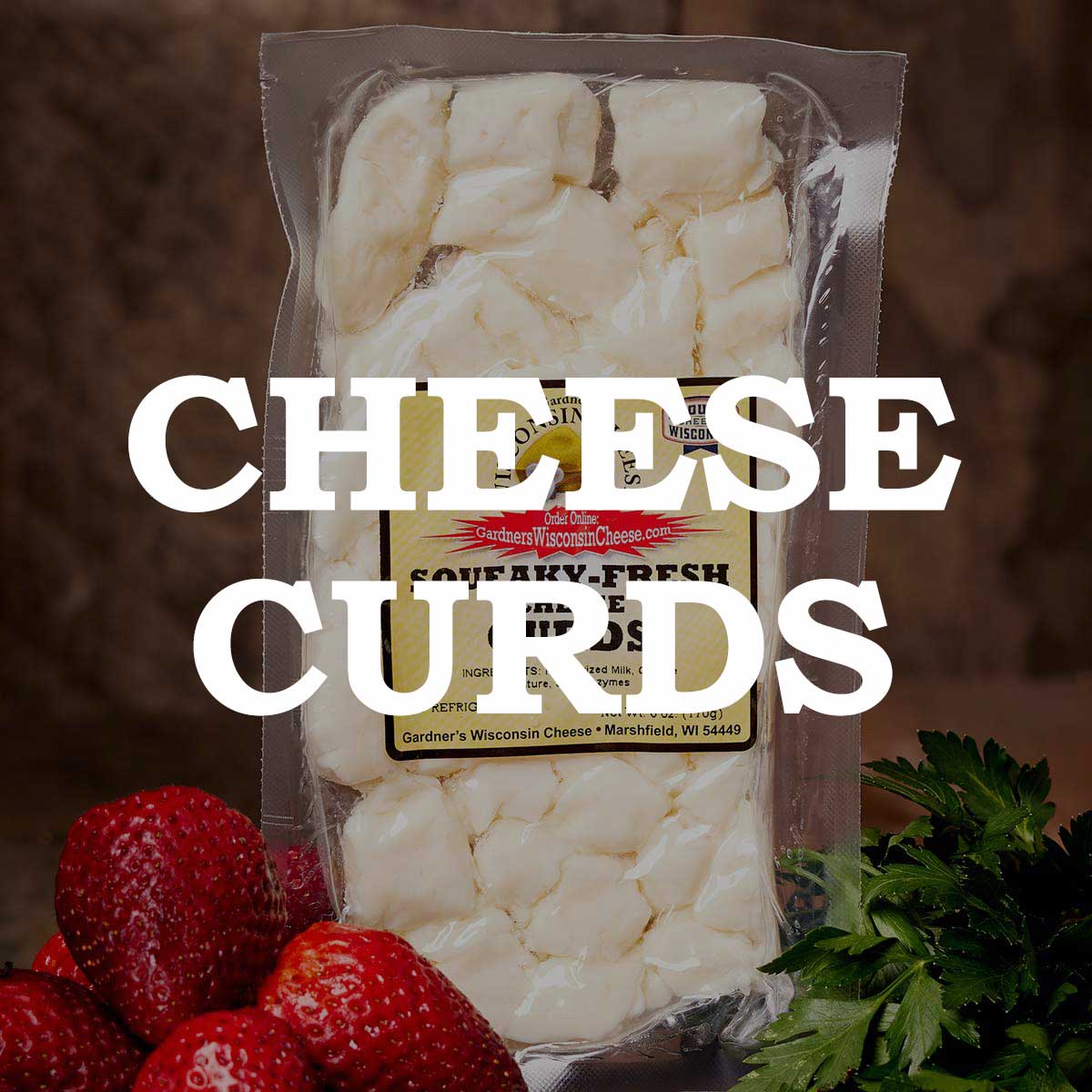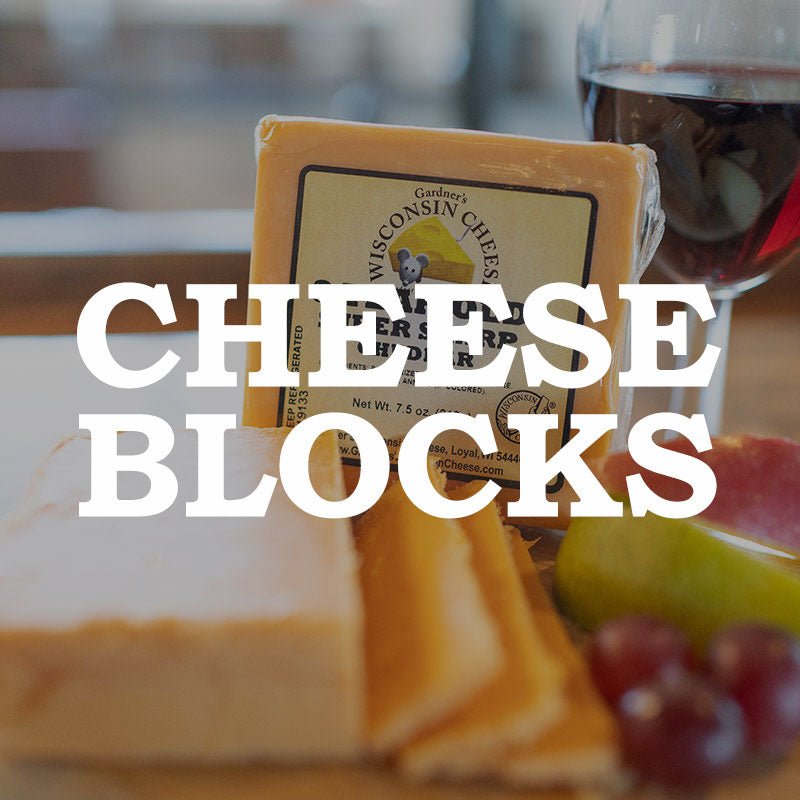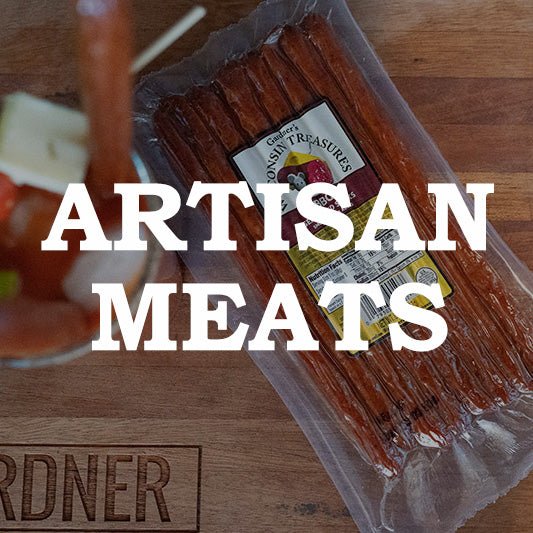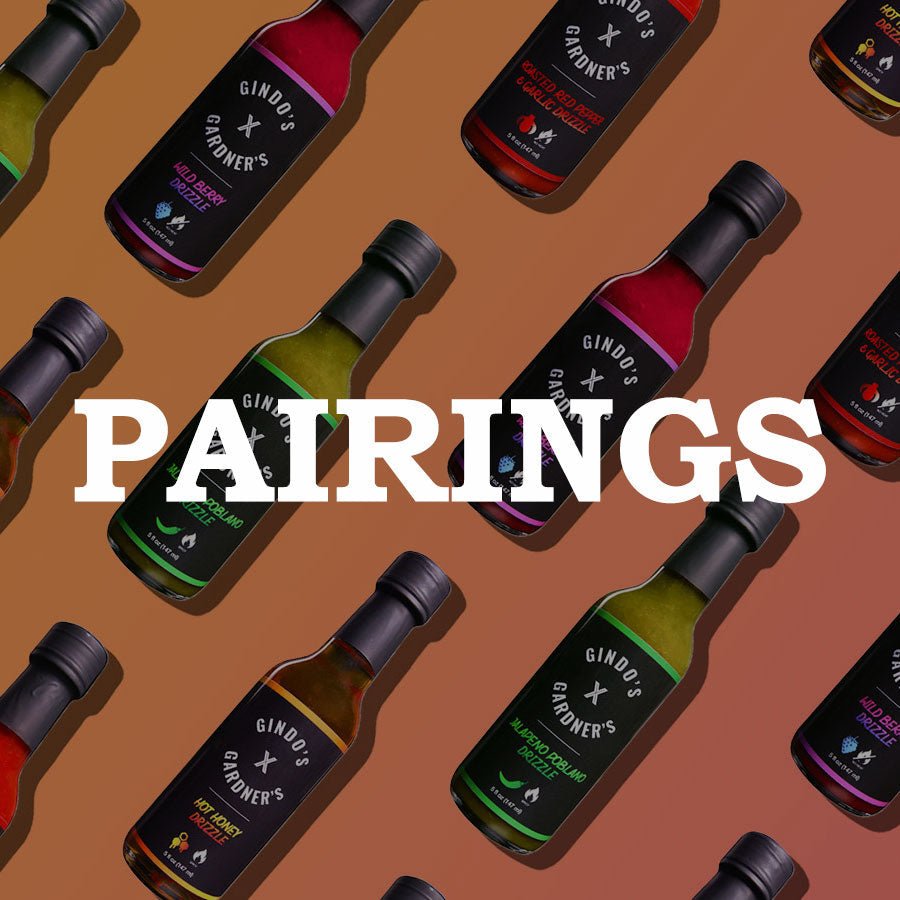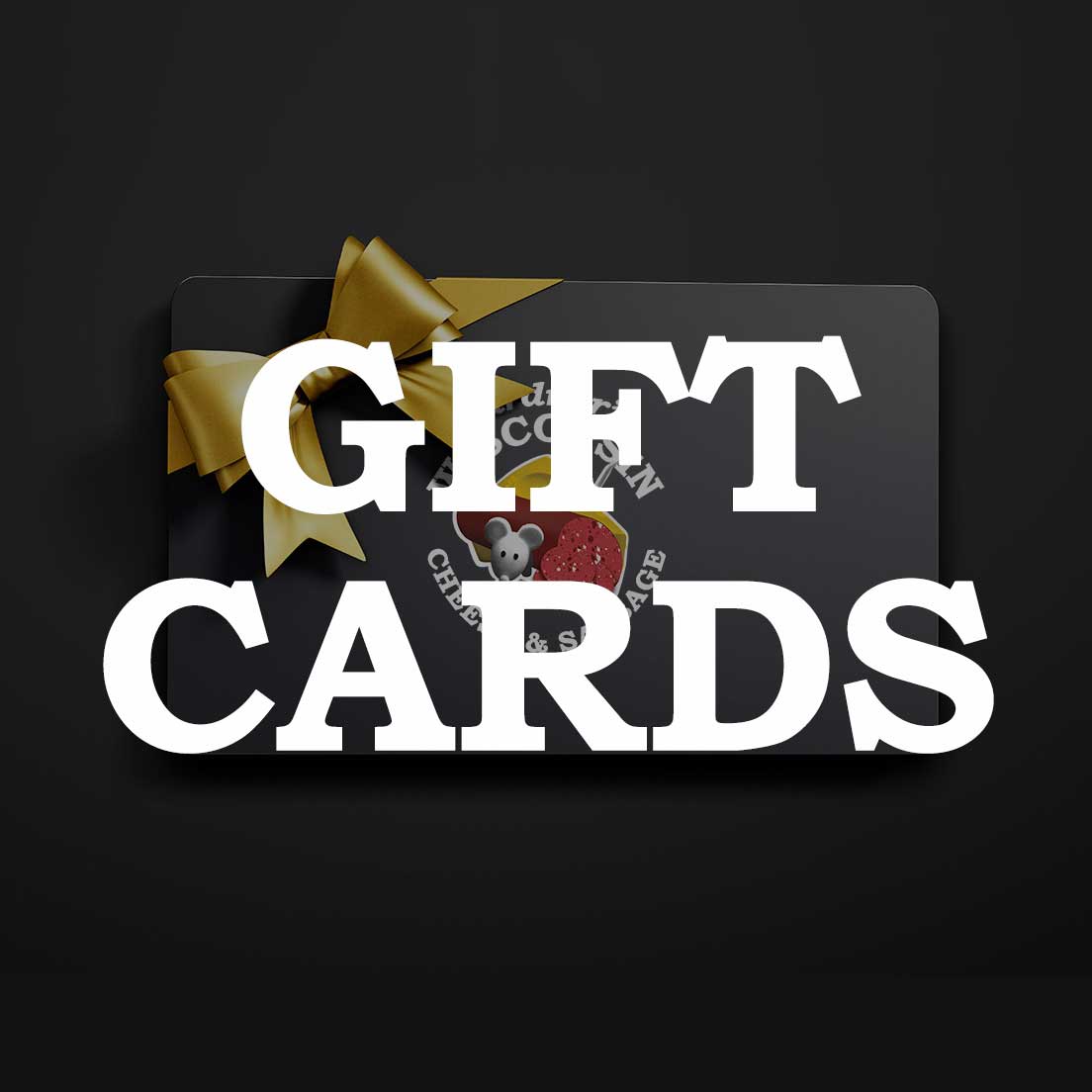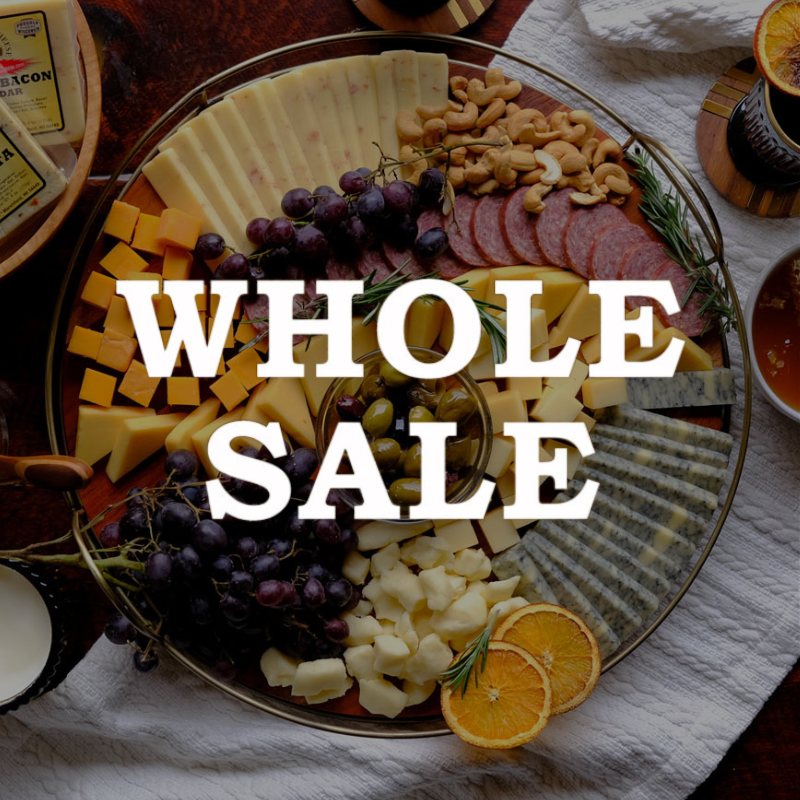
· By Daylon Gardner
Hosting Lactose-Sensitive Guests? How to Build a Low-Lactose Cheese Board Everyone Will Love
Hosting friends and family for a wine and cheese night is always a gouda time, but what if any of your guests are lactose intolerant? Don’t worry, you won’t have to cancel the cheese board or subject anyone to tummy troubles. With a bit of planning and creativity, you can assemble a mouthwatering spread of low lactose cheese delights that everyone will love (and their digestive systems will thank you for!). Considering that lactose intolerance affects roughly 65% of the global population, you’re not alone in this hosting challenge.
The good news is many cheeses are naturally low in lactose, so you can say “more cheese, please!” without fear. In this post, we’ll walk through how to craft a delicious, inclusive cheese board for lactose-sensitive guests. Let’s get started!
Introduction: Cheese Boards & Lactose Sensitivity
Being the host with the most means making sure everyone can enjoy the spread. Lactose intolerance (the inability to digest lactose, the sugar in milk) can turn a dreamy cheese board into a minefield for some guests. Typical party staples like cream-based dips or young soft cheeses can cause discomfort for those sensitive to lactose. But hosting lactose-sensitive friends doesn’t mean banishing the cheese: it just means choosing cheeses that are low in lactose and being a bit strategic.
Start by chatting with your lactose-intolerant guest ahead of time. Find out their sensitivity level. Can they handle small amounts of lactose, or do they need truly lactose-free cheeses? (Important note: “lactose-free” is not the same as dairy-free. Aged cheeses may be lactose-free by content, but they’re still made from milk.) Most folks with lactose intolerance can still enjoy cheese in moderation, especially if the cheeses are aged or hard. In fact, aged cheeses like cheddar or Swiss have only small amounts of lactose and often cause no symptoms. Armed with this knowledge, you can craft a board that’s inviting and safe.
Oh, and one more thing: don’t be afraid to have a little fun with it! Your guest will appreciate the effort, and the other attendees probably won’t even realize they’re eating “low lactose” cheeses (they’ll just notice the great flavors). As a host, that’s a win-win. Now, let’s dig into why some cheeses naturally have less lactose, and which ones to pick for your board.
Understanding Lactose in Cheese (Why Some Cheeses Won’t Upset Tummies)
To build a lactose-friendly cheese board, it helps to understand why some cheeses are easier to digest. The secret? It’s all in the aging. Lactose, the natural sugar in milk, mostly leaves the cheese early on during production when the liquid whey is drained away (by the whey: that’s where most of the lactose is!).
Any lactose left behind continues to break down as the cheese ages. Friendly bacteria convert it into lactic acid over time, which means that cheeses like aged cheddar, parmesan, and gouda end up with little to no lactose.
What about our Wisconsin favorite: does cheddar have lactose? Technically, yes, but only in its fresh form. Aged cheddar (12+ months) usually has less than 0.1 grams per serving, compared to 12 grams in a cup of milk. That’s why many lactose-intolerant guests can enjoy aged cheeses without a problem. Hard cheeses like Swiss, provolone, and aged gouda are also considered virtually lactose-free, making them safe, flavorful picks for your cheese board.
Why are aged cheeses so low in lactose? Here’s a quick recap to impress your guests (should you choose to drop some knowledge at the party):
-
Whey removal: Most lactose exits with the whey during production. Curd-based cheeses therefore start off with less milk sugar.
-
Fermentation: As cheese ages, bacteria break down remaining lactose into lactic acid (this gives aged cheese its tang). The longer the fermentation/aging, the less lactose survives.
-
Moisture loss: Aged cheeses lose moisture (whey), concentrating fats and proteins but not lactose, because the lactose was largely gone to begin with.
-
Cheese-making traditions: Styles like cheddar, parmesan, Swiss, and gouda are traditionally aged, naturally resulting in cheeses that are very low in lactose.
The bottom line is that not all dairy is equal when it comes to lactose. Ice cream and milk = high lactose. Yogurt and aged cheese = much lower lactose (thanks to fermentation).
This is why your lactose-intolerant friend might skip the ice cream, but happily sample a slice of aged gouda with no problems. Great news for our cheese board plans!
Best Low-Lactose Cheese Picks for Your Board
Now for the fun part, picking the all-star cheeses that will make up your lactose-friendly board. The key here is to choose lactose free cheeses or very low-lactose varieties that don’t compromise on taste. Fortunately, there are plenty of cheeses that are low in lactose and delicious. Here are some top picks (with a few delicious options you can find at Gardner’s) to consider:
Extra-Aged Cheddar: Aged cheddar is a go-to for lactose-sensitive guests; after a year or more, it contains only trace amounts of lactose. The longer it’s aged, the bolder the flavor and the lower the lactose. Try a super sharp aged cheddar for a punch of tangy goodness that’s often labeled “lactose-free.” Both our 8-Year-Old Super-Sharp Cheddar and 13-Year-Old Super-Sharp Cheddar make excellent choices for your board.
Parmesan (Aged Parmigiano-Reggiano): Aged parmesan is a low-lactose champion: after 12+ months, it’s nearly lactose-free (less than 0.1g per serving). Its bold, nutty flavor adds elegance to any board. Serve in craggy chunks or wedges alongside fruit, honey, or nuts for a salty-savory bite with plenty of crunch (those crystals are a good thing!). (Need an option? Try our Aged Parmesan, aged to perfection for optimal flavor and minimum lactose.)
Aged Gouda: With its sweet, caramel-like flavor and crunchy cheese crystals, aged gouda offers a fun contrast to sharper cheeses. Once aged 12+ months, it becomes firm and very low in lactose, nearly on par with cheddar and parmesan. Its mellow, nutty-sweet taste makes it a crowd favorite and a safe, tasty pick for lactose-sensitive guests. (Want an easy choice? Try our Aged Gouda, nutty and slightly sweet, with minimal lactose.)
(Bonus picks: Other cheeses to consider include Swiss or Emmental, Gruyère, Asiago, or even a well-aged blue cheese. Most blue cheeses are surprisingly low in lactose too. One study of Gorgonzola found almost none (only ~0.06g per 100g). Just be sure any blue or brie you choose is aged and not fresh. When in doubt, remember the rule: aged = lower lactose.)
All of these cheese options are lactose-light heroes that will allow your sensitive guests to indulge. The best part is these cheeses are so flavorful and high-quality that no one will feel they’re missing out, lactose intolerant or not. It’s inclusive cheese with less lactose, and with all the taste.
How to Build a Stylish, Inclusive Low-Lactose Cheese Board
With our cheese lineup ready, it’s time to design the board itself.
Presentation, accompaniments, and little touches will take your cheese board from good to great, ensuring it’s not only lactose-friendly but also visually appealing and delicious for everyone. Here are some tips to build a show-stopping, inclusive cheese board:
Choose the Right Board & Layout: Pick a platter, board, or tray that gives you plenty of space.
A roomy surface lets you spread out the cheeses and prevent crowding (you don’t want a cheesy traffic jam on your board!). Arrange your cheeses with some breathing room between each, and if they’re large wedges or blocks, consider pre-cutting a few slices or chunks to “start” each cheese.
This invites guests in and makes serving easier. Pro tip: Remove the cheeses from the fridge about 30-60 minutes before serving so they reach room temperature; cold cheese can have muted flavors. Letting that aged cheddar or gouda warm up a bit will unlock its full aroma and taste.
Color, Texture & Variety: A cheese board shines when you mix in extras—many of which are naturally lactose-free.
Add fresh fruit like grapes, apples, or figs for color and juiciness, and dried fruits for a sweet, chewy contrast.
Nuts (especially Marcona almonds) pair perfectly with aged cheeses like gouda and parmesan. Want to take it up a notch?
Drizzle on a little bit of our Hot Honey for heat, add a swipe of the Raspberry Honey Mustard for tangy-sweet depth, or finish with a touch of our Wild Berry Drizzle for a burst of fruit-forward flavor.
Round it out with olives, cornichons, or even a few squares of dark chocolate. These additions boost flavor, texture, and visual appeal—making your board both inclusive and irresistible.
Crackers & Breads: Offer a variety of crackers and breads to suit different preferences. Including gluten-free options is a thoughtful touch if any guests are sensitive. Even for others, a mix of multigrain, rice crackers, and seeded crisps adds flavor and texture. Keep them separate from moist items to avoid sogginess, and consider adding crunchy breadsticks or sliced baguette (if gluten isn’t an issue). A good mix of shapes, flavors, and textures ensures everyone has something perfect to pair with their cheese.
Label Each Cheese (and Let Guests Know It’s Low-Lactose): Labeling is one of the easiest—and kindest—ways to make your cheese board inclusive.
Use small tags or cards to name each cheese and note if it’s “lactose-free” or “very low lactose.” This saves guests from having to ask and helps them feel more confident as they snack.
You can even add fun flavor notes like “Nutty & Sharp” or “Caramel Kicks.” Want to get cheesy with it? Try a sign that says, “Low-Lactose Cheese Board: No Whey, No Worries!”
Finishing Touches & Presentation: Now that everything is on the board, take a step back and give it a look. Is it visually appealing?
A trick for a stylish presentation is to play with heights and shapes. You could place a small bowl of olives or nuts on the board to add height, or prop a bunch of grapes cascading to create movement. Arrange items in groups (for example, three little piles of almonds in different spots) to create a sense of abundance and symmetry. Garnish with a few fresh herb sprigs (like rosemary or thyme) or edible flowers for a pop of color. Finally, consider where to set up your cheese board: it should be in a spot that’s easy for guests to access from all sides if possible, to avoid traffic jams.
Provide small plates and napkins nearby so people can serve themselves neatly.
By following these tips, you’ll create a cheese board that’s not only lactose-intolerance friendly but also flat-out gorgeous and delicious. Your lactose-sensitive guest will feel totally at ease seeing all those clearly-marked aged cheeses and yummy sides, and other guests will simply see a fabulous spread. Inclusivity never looked (or tasted) so good!
Hosting Bonus Tips: Welcome Your Lactose-Sensitive Guests with Open Arms
When your guests arrive, casually let them know, “All the cheeses on this board are low-lactose, so everyone can enjoy.” It’s a simple gesture that makes lactose-sensitive guests feel seen and might spark curiosity from others (“Wait, cheese can be low in lactose?”) You can even share a fun fact or two (like how aging breaks down lactose), but keep it light: this isn’t Cheese 101. It’s about creating an inclusive, welcoming vibe without singling anyone out.
To add variety, consider including one or two non-dairy options, like hummus or a nut-based spread, so even your vegan or ultra-sensitive guests have something to enjoy. Some people tolerate goat or sheep’s milk cheeses better, too, though they still contain lactose, so tread lightly there. The point is to offer something for everyone, even if cheese isn’t their thing.
As for drinks, most are already lactose-free. Aged cheddar pairs well with bold reds or a malty stout, parmesan loves a dry prosecco, and aged gouda is dreamy with port or a rich porter.
If you’re going booze-free, sparkling apple cider is a top-tier choice that plays beautifully with sharp cheeses.
Whatever you pour, just keep the creamy cocktails off the list and the water pitcher full.
Finally, don’t underestimate the power of your vibe. A low-lactose cheese board is thoughtful by design, and that care shows. Encourage everyone to dig in, and if your lactose-sensitive guest offers to bring something, let them know they’re covered… unless they want to bring wine (which, honestly, who’s saying no to that?). When someone says, “I can eat everything on this board?” you’ll know you nailed it.
Bringing Everyone Together, One Cheese Board at a Time
Creating a low-lactose cheese board isn’t just about swapping ingredients, it’s about making everyone feel welcome. With the right aged cheeses and tasty sides, even lactose-sensitive guests can indulge without worry. And don’t be surprised if your “diet-friendly” board becomes the crowd favorite!
By choosing naturally low-lactose cheeses, you’re showing that great hosting is about inclusion and flavor. Everyone gets to enjoy the cheese, and the moment, together. So go ahead, build that board with confidence. It’s sure to be a grate success!
Sources:
-
Mayo Clinic – Lactose Intolerance: Dietary Management mayoclinic.org
-
Cheese Professor – Cheeses You Can Eat Even if Lactose Intolerant cheeseprofessor.comcheeseprofessor.com
-
PCC Community Markets – Arranging a Cheese Tray pccmarkets.compccmarkets.com
-
Boarderie Blog – Catering to Dietary Restrictions on a Charcuterie Board boarderie.com
-
Springer Nature – Lactose content in typical Italian Gorgonzola cheese: a pilot study link.springer.com





